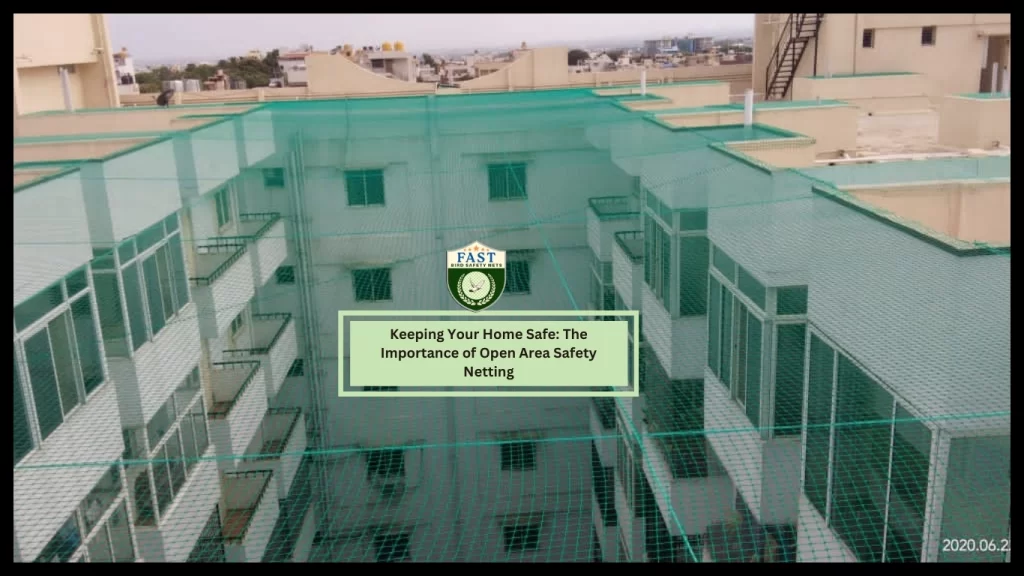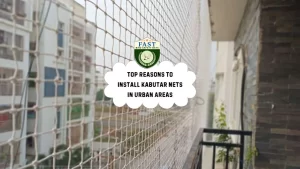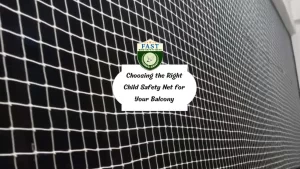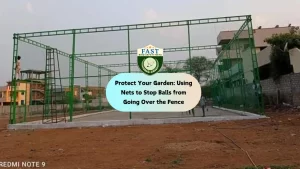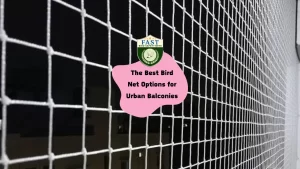Open areas in and around homes, such as balconies, staircases, and backyard spaces, can pose safety hazards, especially for children and pets. Installing safety netting in these areas is crucial for preventing accidents and injuries. In this article, we’ll discuss the importance of open area safety netting and its various applications.
1. Understanding the Need for Safety Netting
Open areas in homes present numerous potential dangers, including:
Falls: Balconies, staircases, and elevated platforms can pose fall hazards, especially for young children and pets who may be unaware of the risks.
Entrapment: Gaps between railings or in fencing can allow small children or pets to become trapped or fall through.
Object protection: Safety netting can also prevent objects such as toys, balls, or debris from falling off balconies or elevated areas and causing harm to people below.
Safety netting serves as a protective barrier, mitigating these risks and providing peace of mind for homeowners.
2. Applications of Safety Netting
Safety netting can be used in various areas around the home to enhance safety and prevent accidents. Some common applications include:
Balcony Safety: Install safety netting along balcony railings to prevent falls and ensure the safety of children, pets, and visitors.
Staircase Protection: Use safety netting to block off open staircases or gaps in railings, reducing the risk of falls and injuries.
Pool Enclosures: Install safety netting around swimming pools to prevent children and pets from accessing the water unsupervised and to comply with safety regulations.
Outdoor Play Areas: Create enclosed play spaces in the backyard or garden by installing safety netting around playsets, trampolines, or other recreational equipment.
Construction Sites: Use safety netting to cordon off hazardous areas during construction or renovation projects, protecting workers and bystanders from falling objects or debris.
By incorporating safety netting into these areas, homeowners can create safer environments for themselves, their families, and their guests.
3. Benefits of High-Quality Safety Netting
Investing in high-quality safety netting offers numerous benefits, including:
Durability: High-quality safety netting is made from durable materials that can withstand outdoor elements such as sunlight, rain, and wind, ensuring long-lasting protection.
Strength: Safety netting is designed to withstand significant force and impact, providing reliable protection against falls and accidents.
Customization: Safety netting can be customized to fit specific dimensions and requirements, allowing for tailored solutions to suit different areas and applications.
Visibility: Transparent or mesh safety netting allows for unobstructed views while still providing effective protection, maintaining the aesthetic appeal of outdoor spaces.
Easy Installation: Most safety netting systems are easy to install and can be DIY projects or installed by professionals, minimizing disruption to homeowners.
By choosing high-quality safety netting, homeowners can ensure maximum safety and peace of mind for themselves and their loved ones.
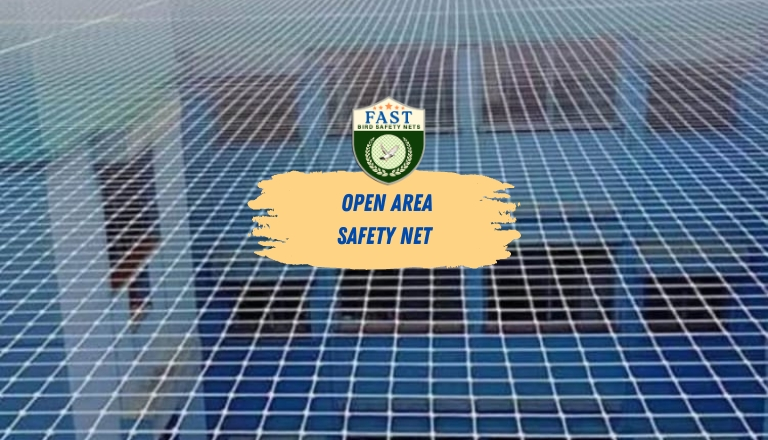
4. Safety Regulations and Compliance
In many regions, there are regulations and standards governing the installation of safety netting, particularly in areas such as balconies, staircases, and swimming pools. Homeowners should familiarize themselves with these regulations and ensure that their safety netting installations comply with local building codes and standards.
Compliance with safety regulations not only helps protect occupants and visitors but also minimizes liability risks for homeowners in the event of accidents or injuries.
5. Maintenance and Inspection
Regular maintenance and inspection of safety netting are essential for ensuring its effectiveness and longevity. Homeowners should:
Inspect safety netting regularly for signs of wear, damage, or degradation. Clean netting periodically to remove dirt, debris, and organic matter that can affect its performance. Repair or replace damaged or worn-out sections of netting promptly to maintain optimal safety. By staying vigilant and proactive in maintenance efforts, homeowners can ensure that their safety netting continues to provide reliable protection over time.
Conclusion:
Open area safety netting is a crucial component of home safety, providing protection against falls, entrapment, and other accidents. By installing high-quality safety netting in areas such as balconies, staircases, and outdoor play spaces, homeowners can create safer environments for themselves, their families, and their guests. Understanding the importance of safety netting, complying with regulations, and maintaining regular inspection and maintenance are key steps in keeping homes safe and secure.

